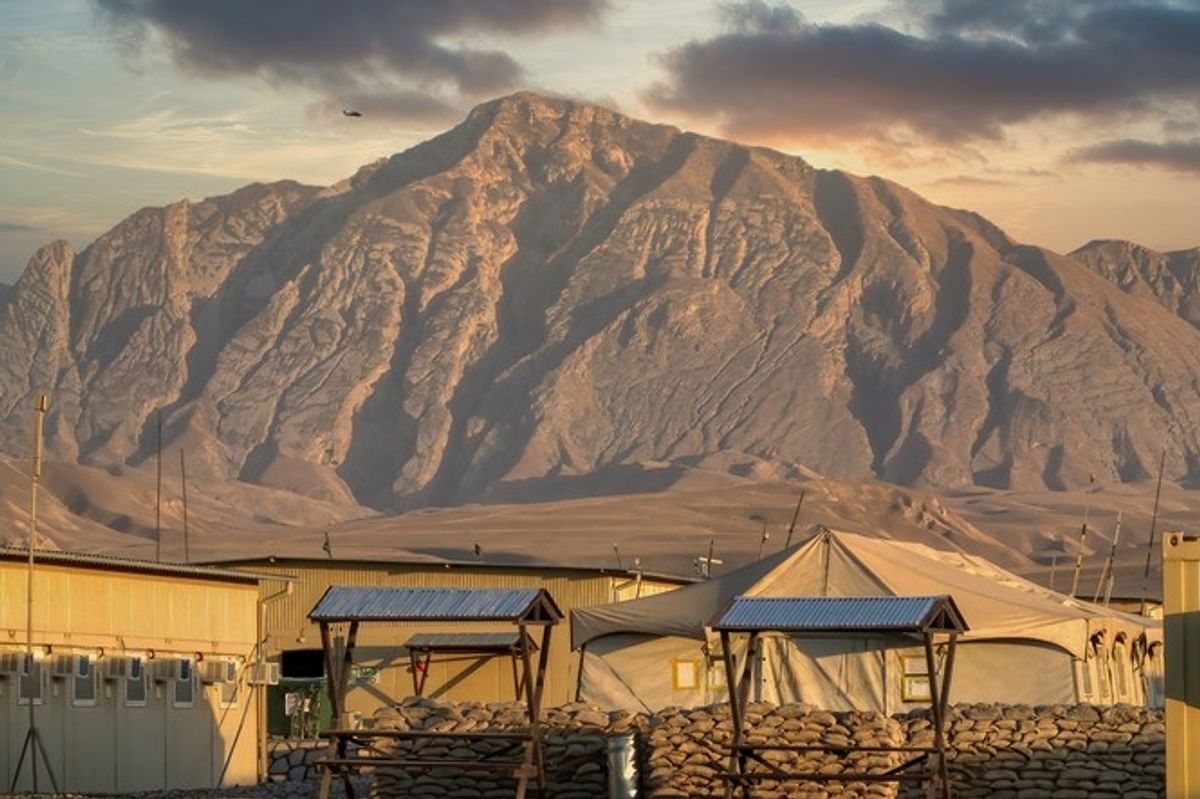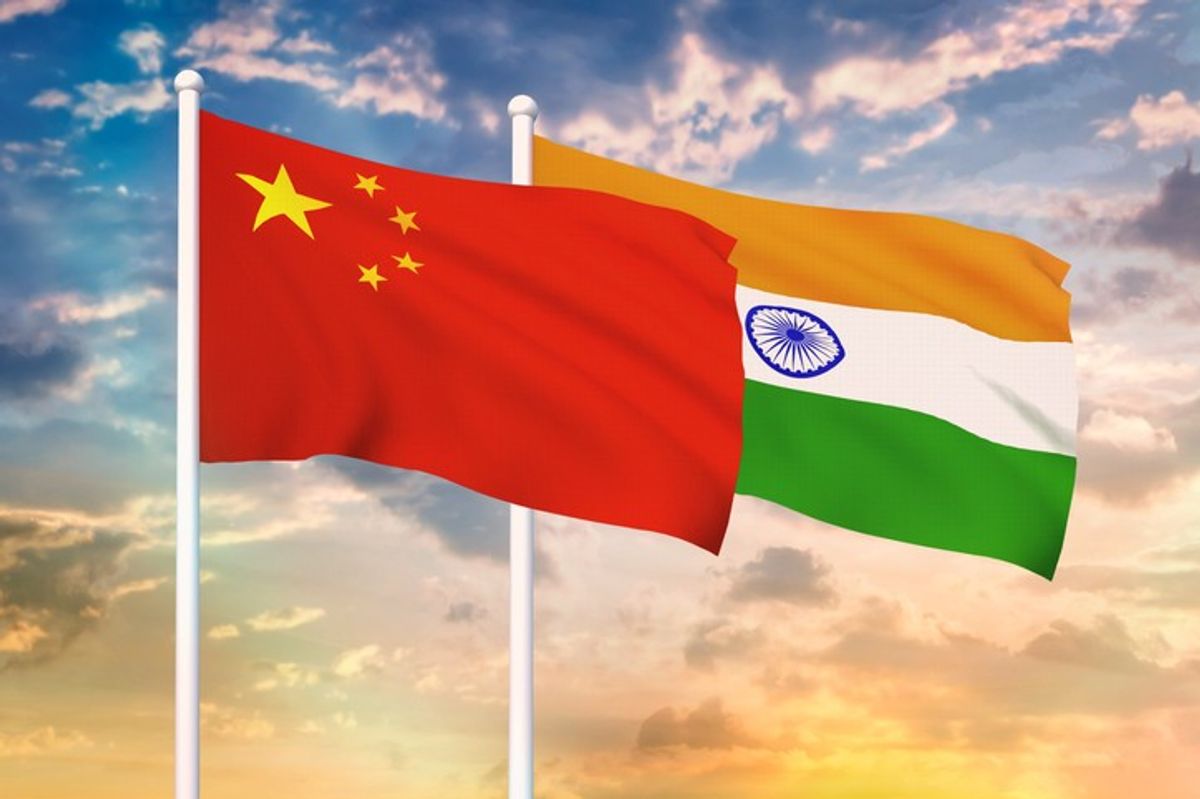Last November, Indian Prime Minister Narendra Modi implemented a demonetization of the country's two most popular bank notes, sparking chaos across the country as people tried to deposit their cash before it became worthless. However, one year later, the Indian economy is growing at a healthy seven percent annually, and Modi remains an extremely popular leader. The Cipher Brief’s Fritz Lodge spoke with Director of the South Asia Program at the Carnegie Endowment, Milan Vaishnav, about Prime Minister Modi's economic plan to transform India into an economic superpower, and the critical role that defense spending and military modernization plays in "Modinomics."
The Cipher Brief: What are Prime Minister Modi’s key economic policy goals?
Milan Vaishnav: There are three major goals. The first – and probably most successful – is to bring about a degree of macroeconomic stability. One of the realities that Modi inherited from his predecessor was a deteriorating macroeconomic picture, which saw slowing growth, persistently high inflation, large fiscal deficits, and a pretty large current account deficit.
With dogged determination, Modi’s economic team has managed to turn around the macro picture on each of these fronts. Growth has rebounded to a steady level, inflation has come down considerably, we’ve seen a concerted effort to narrow the fiscal deficit, and we’ve seen the current account deficit decrease. These factors are due partially to policy changes but also partially to good luck – low oil prices have been a major contributor to deficit reduction, for instance.
Objective number two has been to try to revive the India investment story. This has a domestic piece and an international piece. The domestic piece is to try to rejuvenate the animal spirits of the economy, and the external piece is to attract new foreign capital. The first goal has not been a success. Domestic investment is still pretty subdued and a lot of investment projects are stalled. But we have seen pretty healthy foreign inflows, in terms of both foreign direct investment and portfolio investment. Associated with this has been some modest progress towards cleaning up the investment climate. Modi has made it a goal of his administration to get India into the top 50 of the World Bank’s ease of doing business indicator, and they’ve got a long way to go – they’re only at 130 – but they have moved up from 142 when he started his term in office. So there has been some modest progress there.
The last objective has been a war on corruption and the black economy. The most obvious evidence of this is the November 8th gambit to demonetize the economy, but Modi has also followed this up with a number of ancillary moves, trying to clean up the real estate sector, attempts to reform political finance, various amnesty schemes to get people to deposit black money into legitimate bank accounts, et cetera.
TCB: How has the demonetization affected the Indian economy and Modi’s popularity?
Vaishnav: The economic impacts of demonetization are still to be determined. But the political impact has been enormously successful for Modi. Just months after he announced the demonetization, India had five state elections, including elections in Uttar Pradesh, India’s most populous state. Modi’s BJP handily swept the elections with a three fourths majority, and they ended up forming governments in four of those five states.
So, from a political standpoint, this certainly hasn’t hurt him, and I would argue that it has helped him. He has managed to turn this into an issue of civic duty and patriotic nationalism. Either you’re with us or you’re with the corrupt cronies who have looted the country for 70 years. And by and large the popular support has been with him here.
In economic terms, it’s pretty clear that GDP growth was slowing down before demonetization, but demonetization arguably contributed to that. We are seeing a lot of distress right now in agriculture, partially due to the fact that this is a very cash-rich sector of the economy, and we saw a lot of liquidity dry up there pretty quickly after November – so farmers trying to transact at local markets have been hit hard.
We have seen some tentative signs that this has worked in terms of digitizing the economy. There has been a bump in digital payments, a bump in credit card transactions, there has been an uptick in income tax filings, etc.
Overall, the gains are uncertain and likely to play out in the long run, but the political returns of this have been positive.
TCB: Despite the harm that it did to many people?
Vaishnav: Yes, despite that harm. One of the major factors here is just the paucity of options. Modi presented this issue of corruption and demonetization in a way that made it hard to be against it. The opposition could rail against it, saying that it would damage the economy and so on, but they really had no policy alternatives of their own to present.
TCB: On a geopolitical level, where does Modi see Modinomics taking India?
Vaishnav: Modi spent the better part of his first year on the road, including an address to 20,000 people in Madison Square Garden. And his message was sort of twofold. On the one hand it was “India is open for business.” We had a government that was seemingly paralyzed, rudderless, and directionless, but that era is over and we now welcome investment, and we will be a hospitable place to do business again.
That was one point, and the second was trying to tap into the global diaspora community, which has a lot of capital. To try to encourage them to channel some of their human and financial resources back into India.
I think both of these things have proven pretty successful.
His ambition is to make India into the manufacturing hub of the 21st Century. This underpins his “Make in India” campaign, and I think there he has been less successful because a lot of the complementary policies that you need to have in place – freeing up factor markets, being more open in terms of foreign capital, having an efficient bureaucracy – these are areas where we haven’t really seen radical policy shifts. There is a mismatch between what his ambition is and what the on-the-ground reality is.
TCB: What role does military modernization and expansion play in Modinomics? Especially as we look at the ongoing China-India border dispute?
Vaishnav: Looking at this from a geopolitical standpoint, especially an American standpoint, I think that this is going to be a sector that will provide the ballast in the U.S.-India relationship right now. I think that there is a real recognition on the part of the government that they need to modernize their defense equipment and facilities, and that the U.S. is going to be an important strategic partner in doing so.
We have already seen some significant arms sales and working groups set up to co-produce and develop arms material, including the possibility of a next-generation aircraft carrier. There are a lot of possibilities on this front, and they are matched with underwhelming progress on the standard government-to-government economic ties. There used to be a lot of talk in Washington about a bilateral investment treaty, but this is completely dead with no signs of being revived. There was also talk about working towards a U.S.-India free trade agreement, but I don’t think there’s any appetite in either country for that now.
We were talking about how to embed India more into regional economic and trade relationships – whether that’s APEC [Asian Pacific Economic Cooperation} to start with or the Trans-Pacific Partnership [trade agreement]. Well obviously the latter is dead and the former seems to be on the backburner.
So I do think that the strategic side of the relationship now has a lot of potential to outpace where we are on economic and trade ties.
TCB: Last thoughts?
Vaishnav: Overall, one of the best ways to characterize the Modi government is that they are pro-business but not necessarily pro-market. I think we often conflate those two things. We have seen Modi try to make India a more hospitable place to do business, but that doesn’t necessarily come at the expense of state-owned enterprises (SOE). He has been very reluctant to privatize SOEs. Rather, he’s tried to infuse them with more professional management. He has made some headway on increasing caps for foreign direct investment, but he has not made a quantum leap. There are many sectors where it is still hard for foreign investors to enter.
Modi has generally been good for business but not always good for a level playing field. His government is pro-business, but it also has a strongly nationalist outlook, and those two things are mutually reinforcing.










